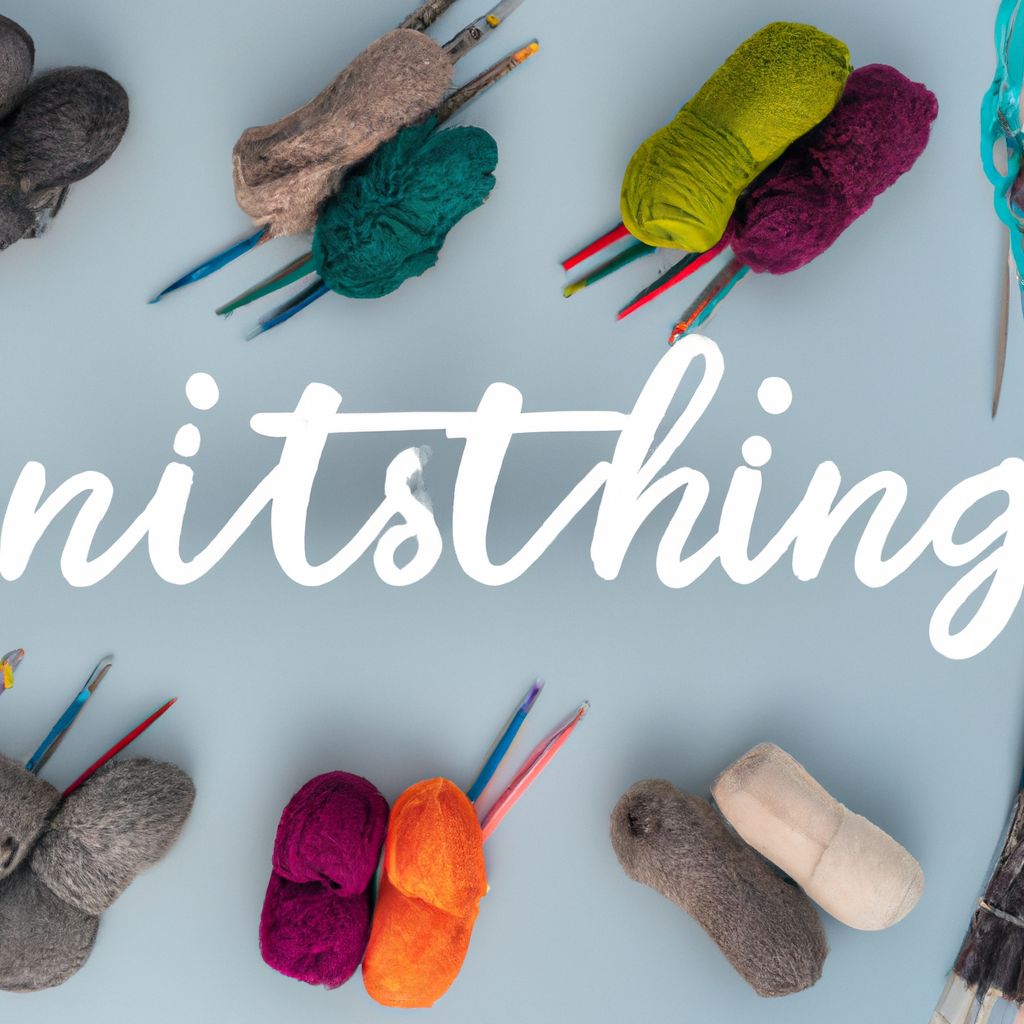- Introduction to Yarn for Knitters
- Understanding Yarn Fibers
- Yarn Weights and Their Significance
- Popular Yarn Brands for Knitters
- How to Store and Care for Different Types of Yarns
- Conclusion: Choosing the Right Yarn for Your Project
Introduction to Yarn for Knitters
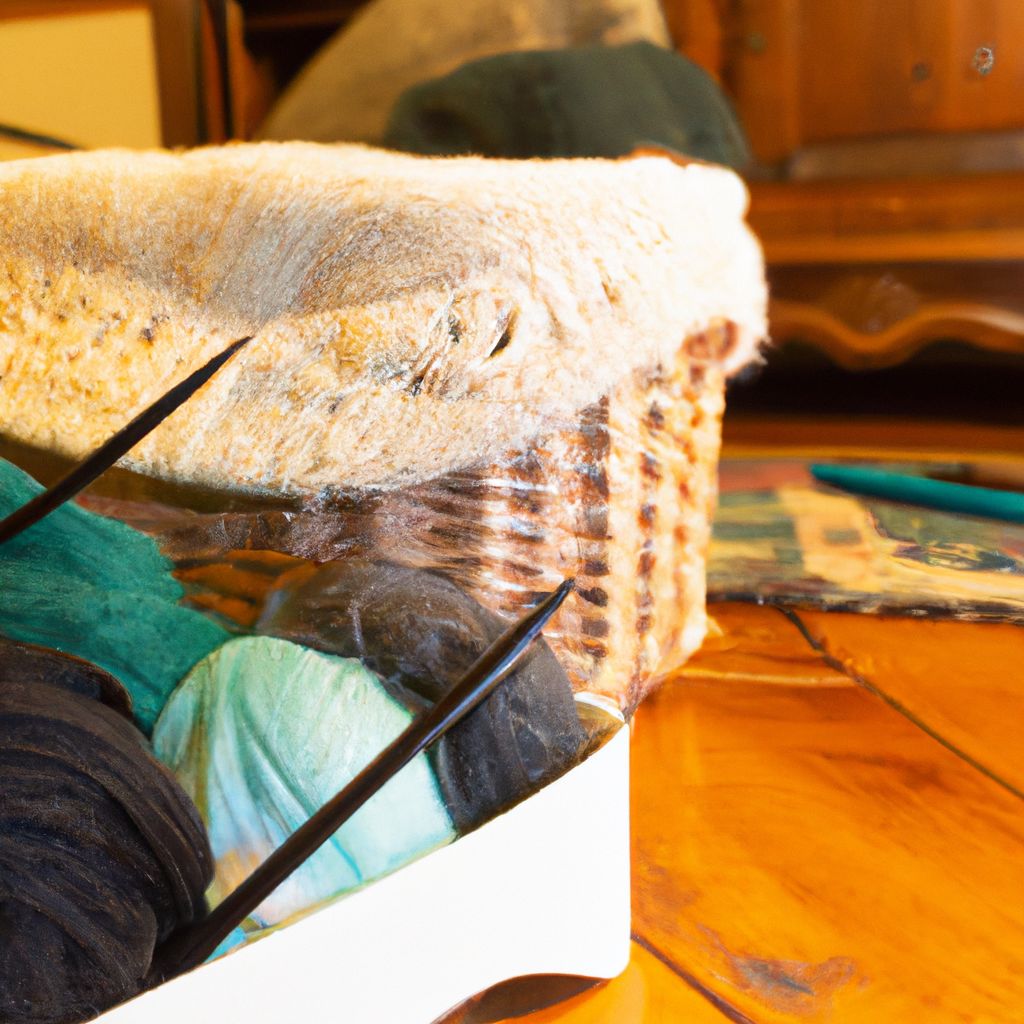
Yarns are a fundamental element in the realm of knitting. They are the threads that intertwine to create beautiful and intricate patterns, forming the basis of every knitted creation. The importance of yarn in knitting cannot be overstated, as it influences not only the texture and appearance of the final product but also its functionality and durability.
This comprehensive guide aims to introduce knitters to the different types of yarns available in the market. It will help them understand the characteristics of each yarn type, how it affects the knitting process, and the impact it has on the final product. The guide also seeks to equip knitters with the knowledge to make informed decisions when choosing yarns for their projects.
"The choice of yarn is a crucial decision in knitting. The right yarn can enhance your design, making it more appealing and durable. Conversely, the wrong yarn choice can detract from the design, resulting in a less-than-satisfactory final product."
Understanding the different types of yarns and their properties can help knitters avoid common pitfalls and elevate their knitting skills. As such, let's delve into the vast world of yarns.
Understanding Yarn Fibers
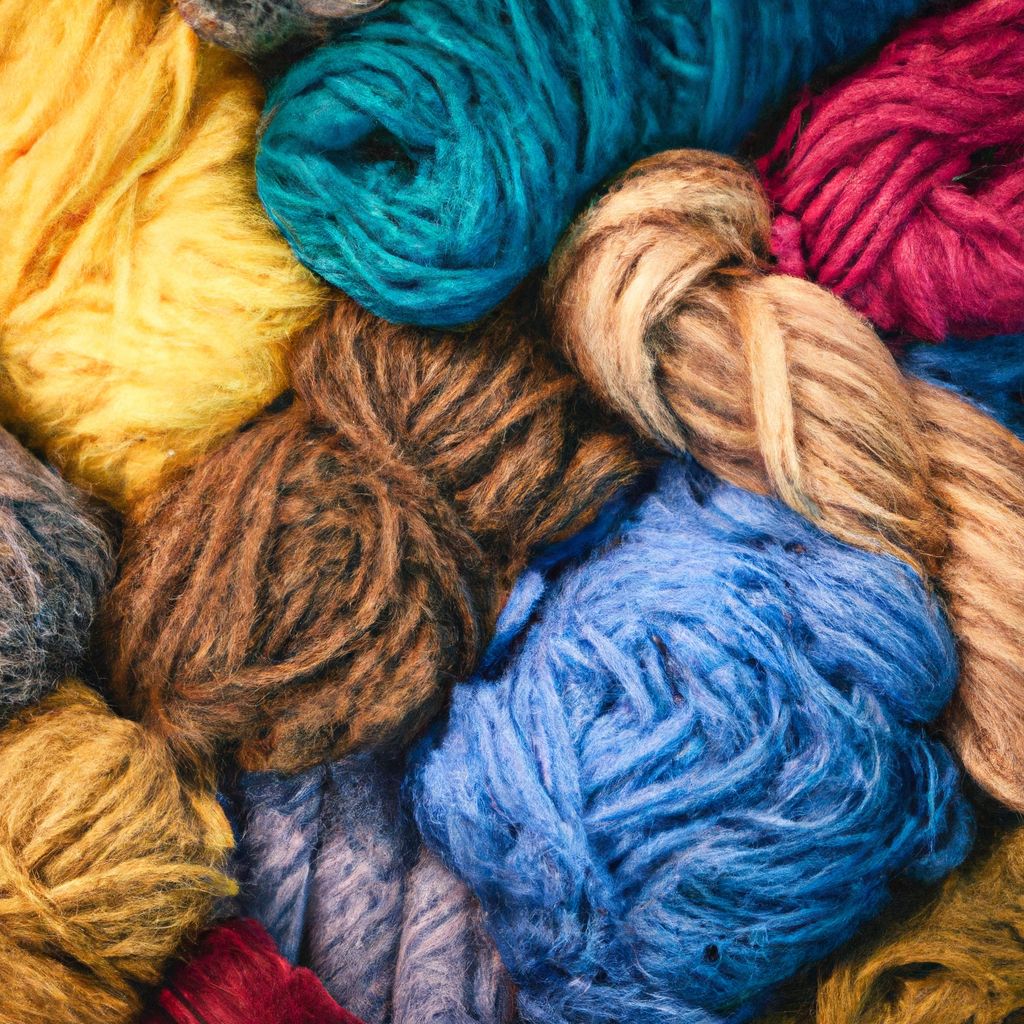
Understanding Yarn Fibers
Yarns are primarily categorized based on the fibers they are made from. Different fibers lend different properties to the yarn, affecting its texture, warmth, durability, and appearance. Let's explore the characteristics of some common yarn fibers:
1. Wool
Wool is one of the most popular fibers used in knitting. It is known for its superior warmth, elasticity, and breathability. Woolen yarns are great for winter garments as they retain heat well, keeping the wearer warm. However, wool can be itchy and may not be suitable for those with sensitive skin. It also requires careful washing to prevent shrinkage.
2. Cotton
Cotton yarns are lightweight, breathable, and absorbent, making them perfect for summer wear. They are also hypoallergenic, which makes them ideal for baby clothing and for those with sensitive skin. However, cotton lacks elasticity, which can make it a bit challenging for new knitters. It also tends to shrink in wash, so proper care is necessary.
3. Silk
Silk yarns are known for their luxurious sheen, softness, and drape. They are warm in winter and cool in summer, making them a versatile choice. However, silk is not as durable as wool or cotton, and it requires careful handling and washing.
4. Synthetic
Synthetic yarns, such as acrylic and nylon, are durable, easy to care for, and affordable. They are a good choice for items that need to withstand heavy wear and washing, like children's clothing and home décor items. However, synthetic yarns are not as breathable as natural fibers, and they might not provide the same level of comfort.
5. Blends
Blended yarns combine the best properties of different fibers. For example, a cotton-wool blend can provide the warmth of wool and the breathability of cotton. Blends can balance the drawbacks of individual fibers, creating a yarn that's versatile and suitable for a wide range of projects.
Understanding the properties of each fiber type will help you choose the right yarn for your project, ensuring that the finished item has the desired characteristics.
Yarn Weights and Their Significance
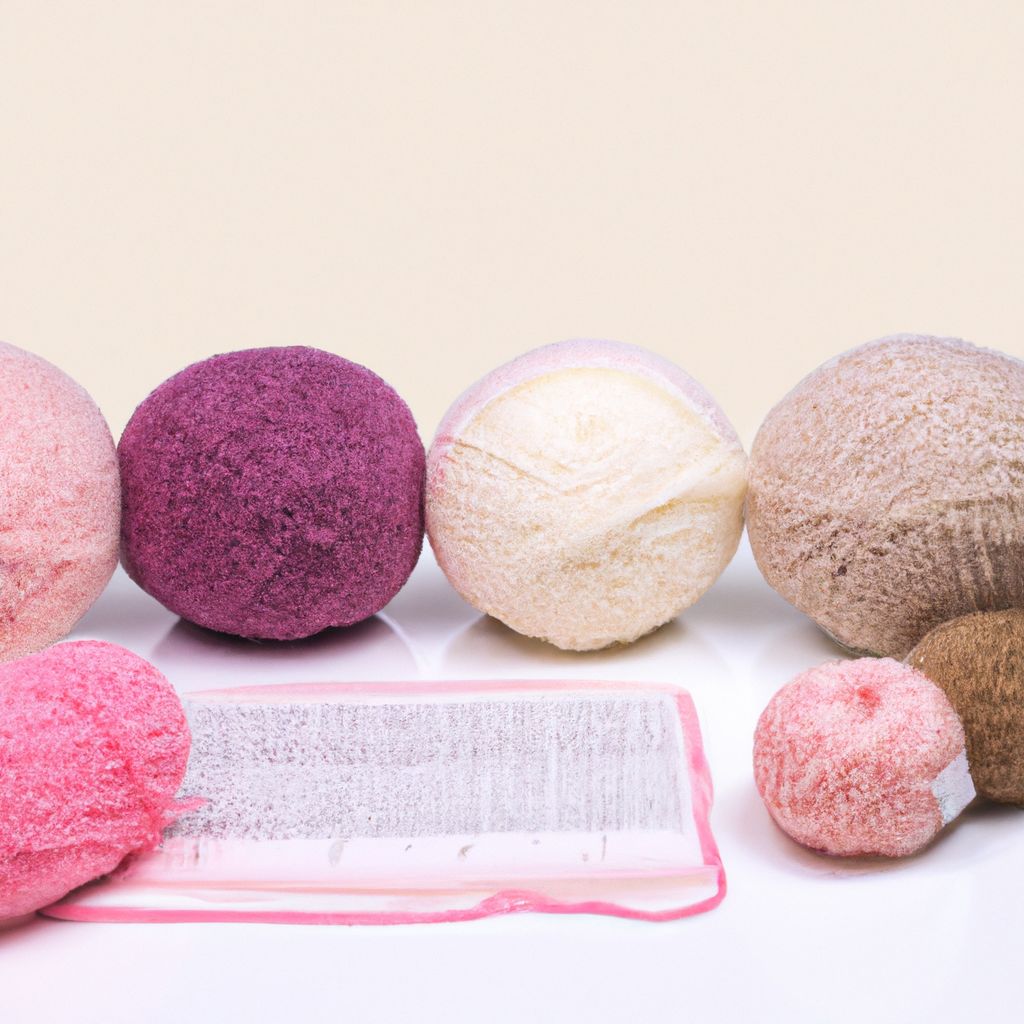
Yarn Weights and Their Significance
The weight of a yarn refers to its thickness. This factor significantly influences the texture, appearance, and drape of the knitted fabric. Different projects call for different yarn weights. For example, a delicate lace shawl may require a fine yarn, while a cozy winter sweater might call for a bulky yarn.
Let's delve into the specifics of common yarn weights:
1. Lace
Lace weight yarns are the thinnest yarns available. These delicate yarns are perfect for intricate, lightweight projects such as lacy shawls and doilies.
2. Super Fine
Also known as fingering or sock weight, super fine yarns are slightly thicker than lace weight. They are often used for lightweight garments like socks and baby clothes.
3. Fine
Fine, or sport weight yarn, is heavier than super fine yarn but lighter than medium weight. It's a versatile choice for lightweight garments and accessories that require a bit more structure.
4. Medium
Medium weight yarn, often referred to as worsted or aran weight, is perhaps the most commonly used. It strikes a balance between delicate and bulky, making it suitable for a wide variety of projects, from scarves to sweaters.
5. Bulky
Bulky yarns, as the name suggests, are thick and heavy. They knit up quickly, making them a great choice for large, warm projects like blankets and winter garments.
6. Super Bulky
Super bulky yarns are the thickest available. They're perfect for projects that need to come together quickly, such as chunky scarves or big, cozy blankets.
Choosing the right yarn weight for your project is crucial. It affects the drape, texture, and look of the final product, as well as the knitting process itself. Always refer to your pattern for yarn weight recommendations, and consider the desired qualities of your finished item when making your choice.
Popular Yarn Brands for Knitters
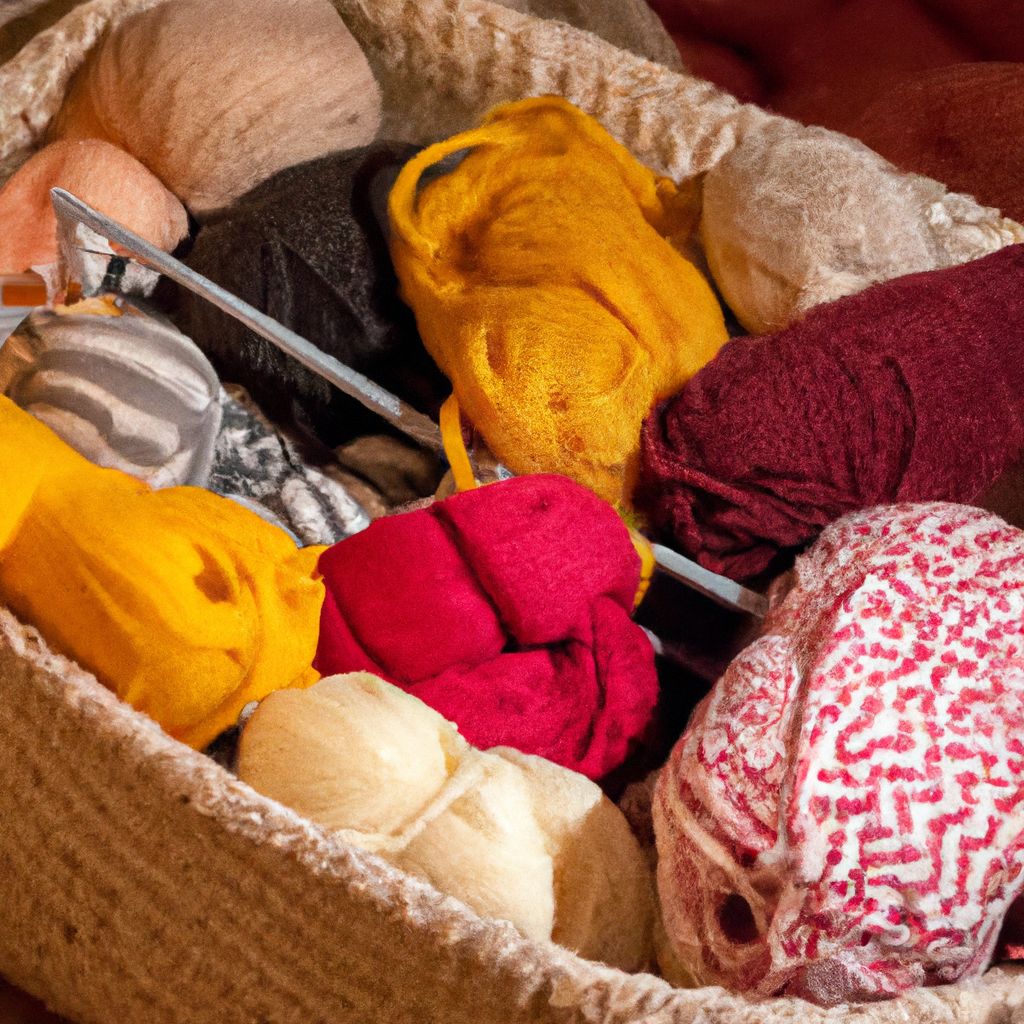
Popular Yarn Brands for Knitters
There are numerous yarn brands available on the market, each offering a unique blend of quality, variety, and price. Here are some popular brands that knitters might consider:
1. Lion Brand
Lion Brand is a family-owned and operated business that has been a beloved American brand since 1878. Known for their quality and innovative yarns, they offer a wide variety of fibers and weights at affordable prices.
2. Red Heart
Red Heart yarns are well known for their durable synthetic yarns, suitable for a wide range of projects. They offer high-quality yarns at a budget-friendly price, making them a favourite among many knitters.
3. Rowan
Rowan is a luxury brand that offers a range of sophisticated yarns in natural fibers. Known for their refined color palettes and high-quality fibers, their yarns are a bit pricier but well worth the investment for special projects.
4. Cascade Yarns
Cascade Yarns offers a broad selection of natural fiber yarns and blends in a wide array of colors. Known for their high quality and reasonable prices, they are a great choice for knitters who value natural fibers.
5. Malabrigo
Malabrigo is a family-owned yarn company located in Uruguay. They are well-known for their luxurious hand-dyed yarns made of merino wool and other fine fibers. Their beautiful colorways and soft, squishy yarns have earned them a devoted following.
These brands represent just a handful of the many yarn manufacturers available to knitters. When choosing a yarn brand, consider the fiber content, weight, and price of the yarn, as well as the reputation of the brand itself. Remember, the best yarn for your project will be the one that best meets your specific needs and preferences.
How to Store and Care for Different Types of Yarns
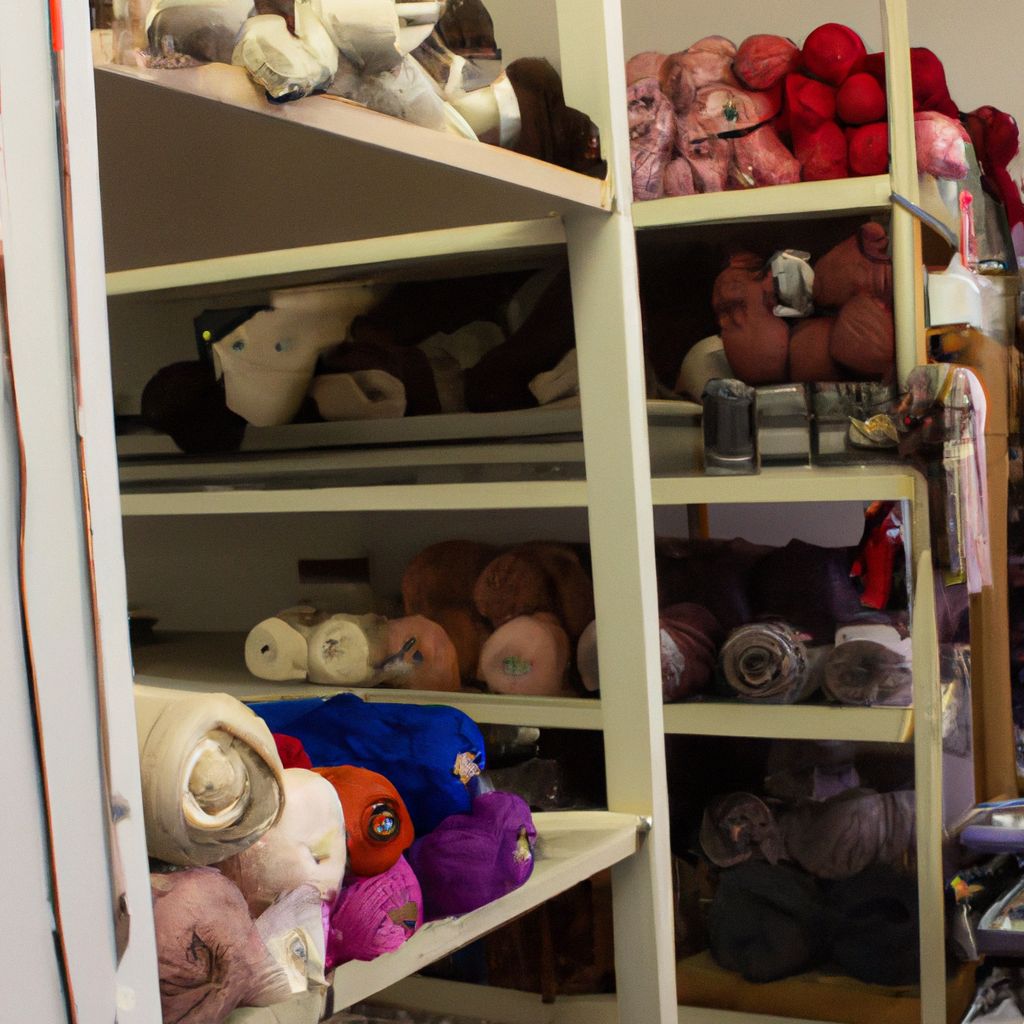
How to Store and Care for Different Types of Yarns
Proper storage and care of your yarns can significantly extend their lifespan and maintain their quality. Here are some tips to keep your yarns in top shape:
1. Protection from Pests
One of the primary threats to yarn, especially wool, is infestation by moths and carpet beetles. To protect your yarn stash, consider using mothballs or cedar blocks. However, keep in mind that these should not come directly into contact with the yarn to avoid damage. Storing yarn in sealed plastic bags or containers can also help keep pests away.
2. Avoid Tangling
Keeping your yarns neat and organized helps prevent them from tangling. Use yarn bowls or boxes to keep balls or skeins separate. If the yarn comes in hanks, consider winding them into balls or cakes before storing to prevent knots and tangles.
3. Prevent Fading
Direct sunlight can cause yarns, particularly dyed ones, to fade over time. Store your yarns in a cool, dark place to maintain their vibrant colors.
4. Proper Washing
Different fibers require different care when washing. Always refer to the care instructions on the yarn label. While many synthetic yarns can be machine washed, natural fibers like wool and silk often require hand washing in cool water with a mild detergent.
5. Storage Solutions
Consider using clear plastic bins for storage. They protect yarn from dust and pests while allowing you to see what's inside. For large collections, shelving units or cubbies can help keep everything organized. Remember to store yarns in a dry location, as dampness can lead to mold and mildew.
Proper care and storage of your yarns can ensure they remain beautiful and ready for your next project. By protecting your yarns from common threats, you can maintain their quality and extend their lifespan.
Conclusion: Choosing the Right Yarn for Your Project

Choosing the Right Yarn for Your Project
Choosing the right yarn for your knitting project is a balance between the requirements of the pattern, your personal preferences, and your budget. The yarn you choose will greatly influence the end result, affecting not only the look and feel of your knitted item but also its functionality and durability.
It's crucial to consider the fiber content, weight, and brand of the yarn. Think about the characteristics you want in your finished item - should it be warm and cozy, or lightweight and breathable? Do you prefer the natural feel of wool or cotton, or the durability and ease of care that synthetic yarns provide? Are you willing to invest in a high-end yarn, or do you need to stick to a tighter budget?
Keep in mind that there's no one-size-fits-all solution when it comes to yarn. What works best for one project might not be the best choice for another. By understanding the different types of yarns and their properties, you can make informed decisions and choose the best yarn for your particular project.
The world of yarns is vast and varied, offering endless opportunities for creativity and exploration. So dive in, experiment with different fibers and weights, and discover the joy of creating beautiful knitted items with the perfect yarn.


